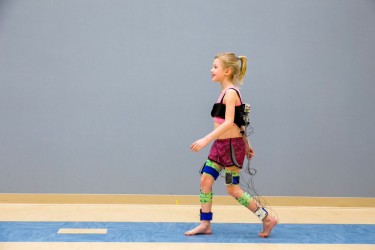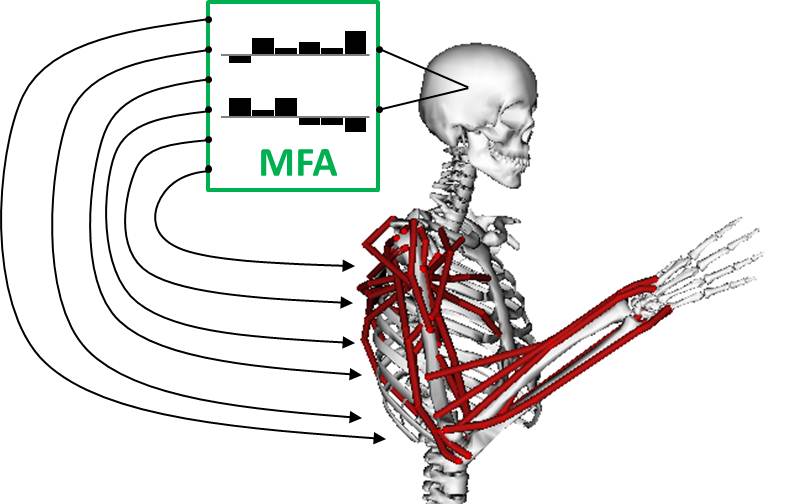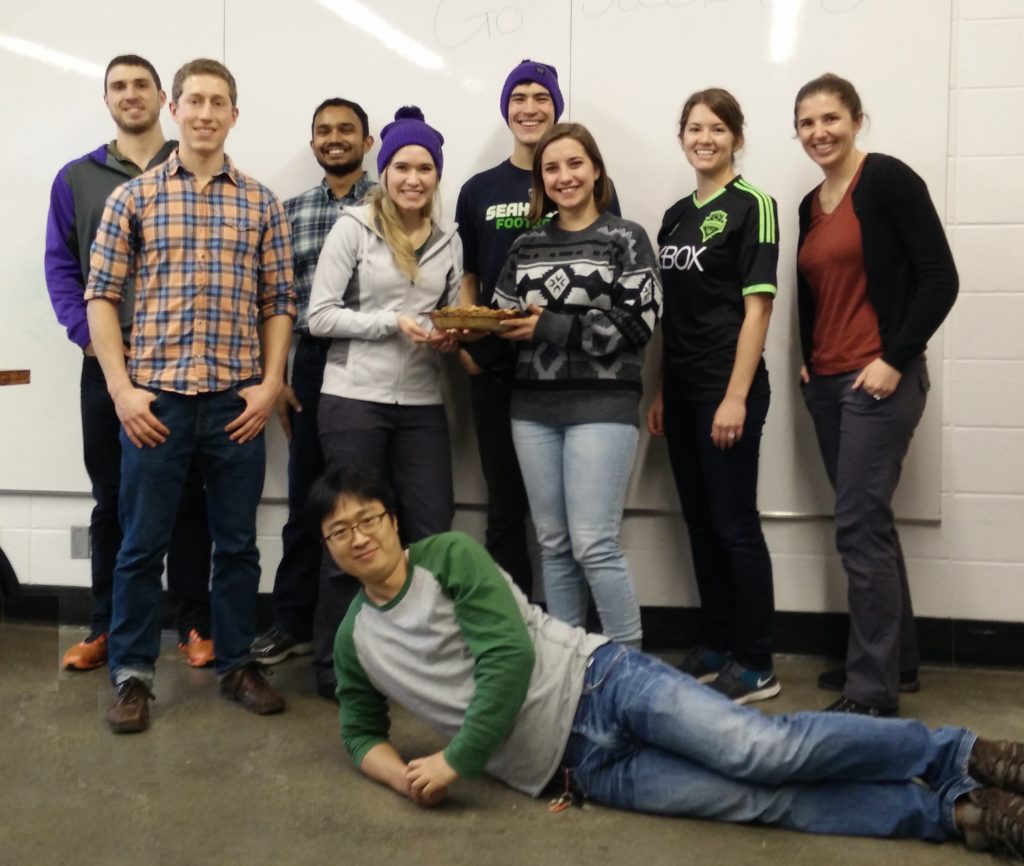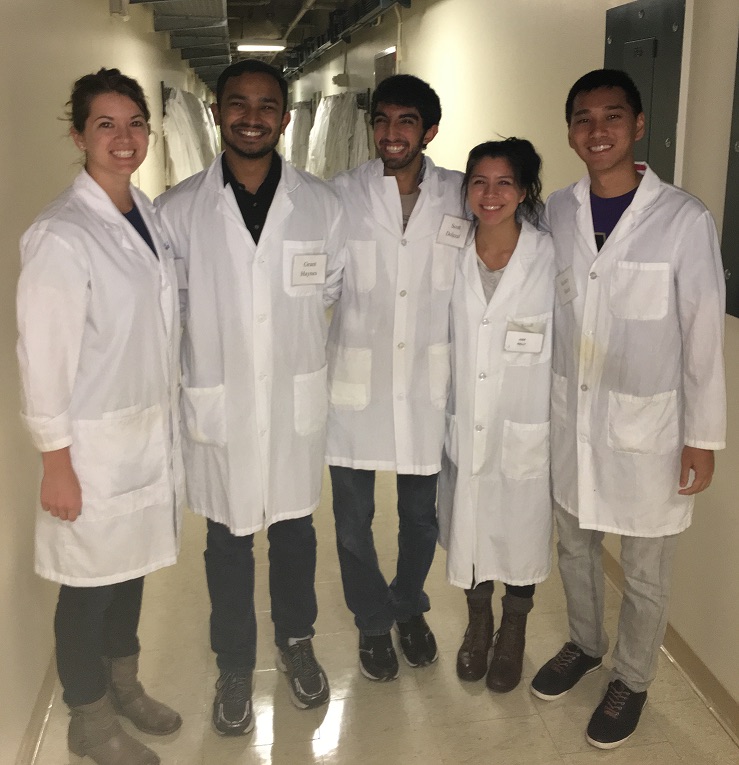Our lab’s director, Dr. Kat Steele, and Dr. Michael Schwartz, from Gillette Children’s Specialty Healthcare, have developed a quantitative assessment of motor control in children with cerebral palsy called Walk-DMC, which could be used to help determine whether or not patients would benefit from aggressive, invasive surgeries to assist in walking and motion. Jennifer Langston reports on the new technique within UWToday. An exert from the article is posted below, but for the full article, read HERE.
“Only about 50 percent of children have significant improvement in their movement after these highly invasive surgeries,” said Kat Steele, a UW assistant professor of mechanical engineering. “Our motivation has really been to figure out how we can push up these success rates.”



 Join us January 27th for an
Join us January 27th for an 
